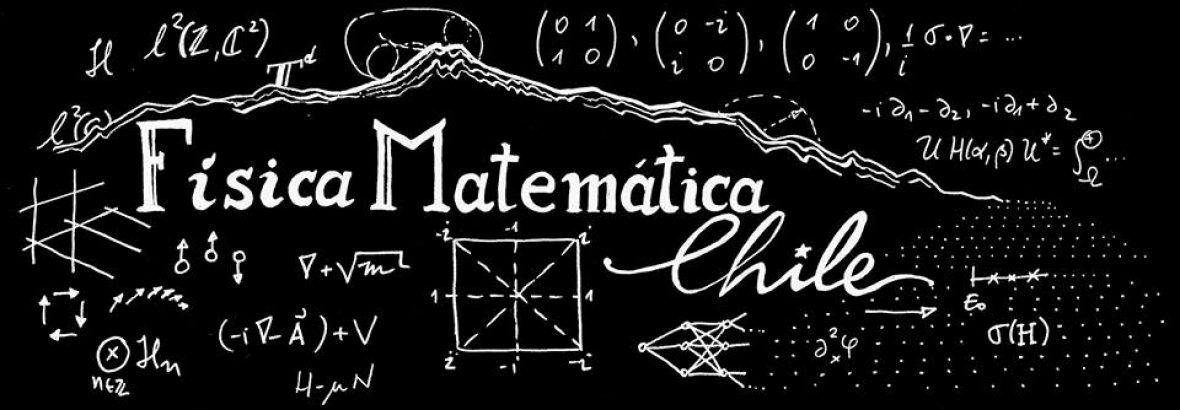Speaker: Andrés Fernando Reyes Lega. Universidad de los Andes (Colombia)
Title: Emergent Gauge Symmetries, Quantum Operations and Anomalies
Place: Pontificia Universidad Católica, Facultad de Matemáticas (campus San Joaquin), Sala 5
Abstract:
The Gelfand-Naimark-Segal (GNS) construction is a fundamental tool for the study of the representation theory of operator algebras. It also plays a prominent role in the algebraic approach to quantum field theory. In this talk I will discuss some examples of applications of the algebraic approach to quantum physics to systems with a finite number of degrees of freedom. I will illustrate how the GNS construction naturally leads to interesting connections between gauge symmetries, anomalies and quantum-information concepts like entanglement entropy and quantum operations.
